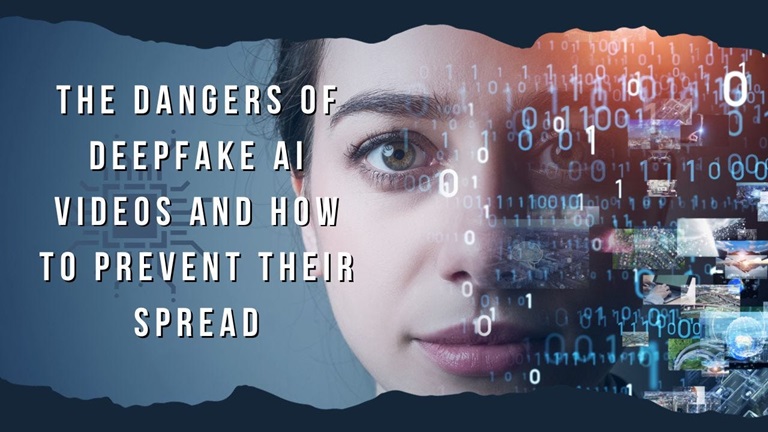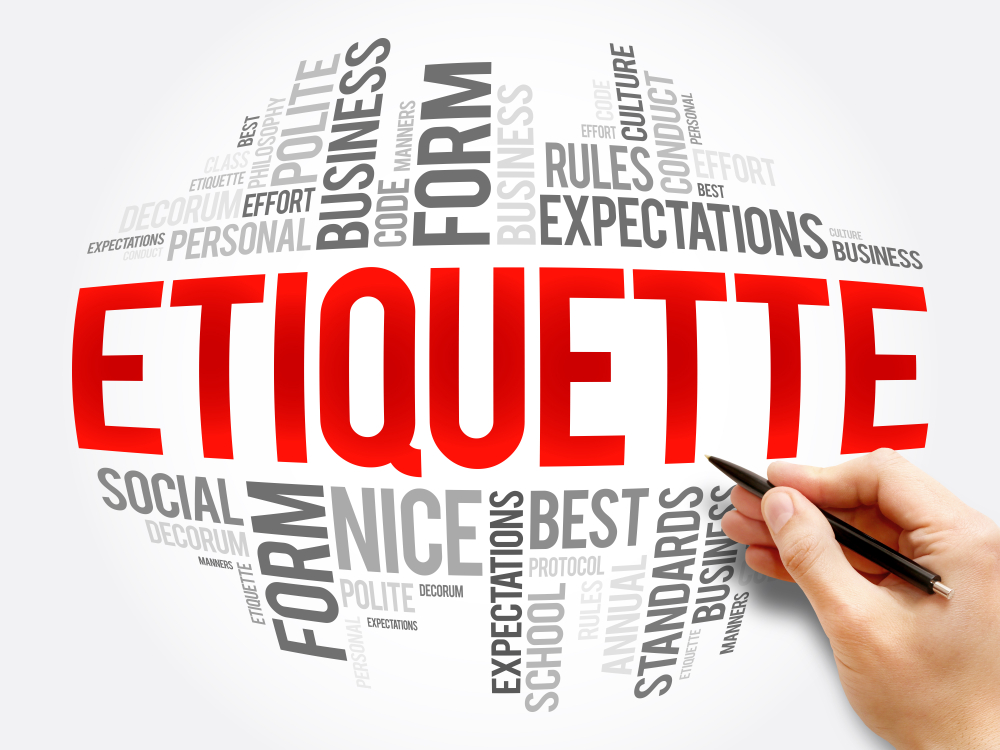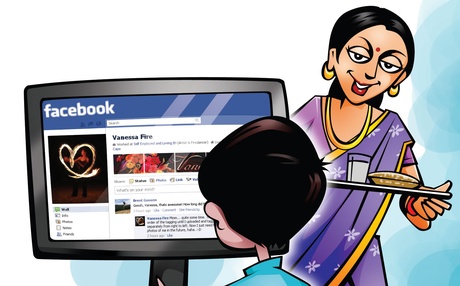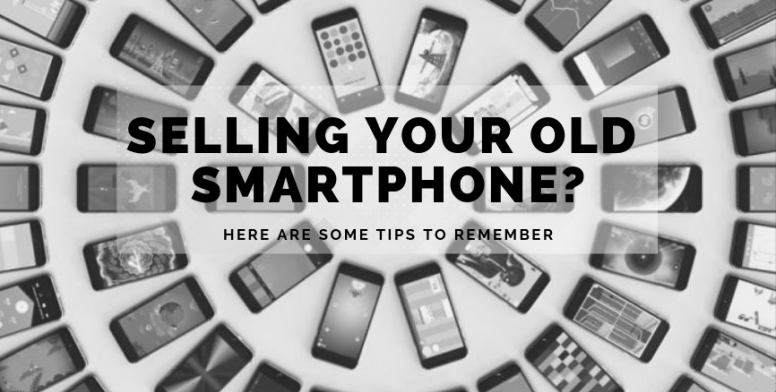DeepFake Technology: The Potential Risks of Future! Part I
Imagine you are watching a video of your favorite celebrity giving a speech. You are impressed by their eloquence and charisma, and you agree with their message. But then you find out that the video was not real. It was a deep fake, a synthetic media created by AI “(Artificial Intelligence) that can manipulate the appearance and voice of anyone. You feel deceived and confused.

This is no longer a hypothetical scenario; this is now real. There are several deepfakes of prominent actors, celebrities, politicians, and influencers circulating the internet. Some include deepfakes of Film Actors like Tom Cruise and Keanu Reeves on TikTok, among others. Even Indian PM Narendra Modi’s deepfake edited video was made.
In simple terms, Deepfakes are AI-generated videos and images that can alter or fabricate the reality of people, events, and objects. This technology is a type of artificial intelligence that can create or manipulate images, videos, and audio that look and sound realistic but are not authentic. Deepfake technology is becoming more sophisticated and accessible every day. It can be used for various purposes, such as in entertainment, education, research, or art. However, it can also pose serious risks to individuals and society, such as spreading misinformation, violating privacy, damaging reputation, impersonating identity, and influencing public opinion.
In this article, I will be exploring the dangers of deep fake technology and how we can protect ourselves from its potential harm.
How is Deepfake Technology a Potential Threat to Society?
Deepfake technology is a potential threat to society because it can:
- Spread misinformation and fake news that can influence public opinion, undermine democracy, and cause social unrest.
- Violate privacy and consent by using personal data without permission, and creating image-based sexual abuse, blackmail, or harassment.
- Damage reputation and credibility by impersonating or defaming individuals, organizations, or brands.
- Create security risks by enabling identity theft, fraud, or cyber attacks.
- Deepfake technology can also erode trust and confidence in the digital ecosystem, making it harder to verify the authenticity and source of information.
The Dangers and Negative Uses of Deepfake Technology
As much as there may be some positives to deepfake technology, the negatives easily overwhelm the positives in our growing society. Some of the negative uses of deepfakes include:
- Deepfakes can be used to create fake adult material featuring celebrities or regular people without their consent, violating their privacy and dignity. Because it has become very easy for a face to be replaced with another and a voice changed in a video. Surprising, but true.
- Deepfakes can be used to spread misinformation and fake news that can deceive or manipulate the public. Deepfakes can be used to create hoax material, such as fake speeches, interviews, or events, involving politicians, celebrities, or other influential figures.
- Since face swaps and voice changes can be carried out with the deepfake technology, it can be used to undermine democracy and social stability by influencing public opinion, inciting violence, or disrupting elections.
- False propaganda can be created, fake voice messages and videos that are very hard to tell are unreal and can be used to influence public opinions, cause slander, or blackmail involving political candidates, parties, or leaders.
- Deepfakes can be used to damage reputation and credibility by impersonating or defaming individuals, organizations, or brands. Imagine being able to get the deepfake of Keanu Reeves on TikTok creating fake reviews, testimonials, or endorsements involving customers, employees, or competitors.
For people who do not know, they are easy to convince and in an instance where something goes wrong, it can lead to damage in reputation and loss of belief in the actor.
Ethical, Legal, and Social Implications of Deepfake Technology
Ethical Implications
Deepfake technology can violate the moral rights and dignity of the people whose images or voices are used without their consent, such as creating fake pornographic material, slanderous material, or identity theft involving celebrities or regular people. Deepfake technology can also undermine the values of truth, trust, and accountability in society when used to spread misinformation, fake news, or propaganda that can deceive or manipulate the public.
Legal Implications
Deepfake technology can pose challenges to the existing legal frameworks and regulations that protect intellectual property rights, defamation rights, and contract rights, as it can infringe on the copyright, trademark, or publicity rights of the people whose images or voices are used without their permission.
Deepfake technology can violate the privacy rights of the people whose personal data are used without their consent. It can defame the reputation or character of the people who are falsely portrayed in a negative or harmful way.
Social Implications
Deepfake technology can have negative impacts on the social well-being and cohesion of individuals and groups, as it can cause psychological, emotional, or financial harm to the victims of deepfake manipulation, who may suffer from distress, anxiety, depression, or loss of income. It can also create social divisions and conflicts among different groups or communities, inciting violence, hatred, or discrimination against certain groups based on their race, gender, religion, or political affiliation.
Imagine having deepfake videos of world leaders declaring war, making false confessions, or endorsing extremist ideologies. That could be very detrimental to the world at large.
I am afraid that in the future, deepfake technology could be used to create more sophisticated and malicious forms of disinformation and propaganda if not controlled. It could also be used to create fake evidence of crimes, scandals, or corruption involving political opponents or activists or to create fake testimonials, endorsements, or reviews involving customers, employees, or competitors.
Read More: Detecting and Regulating Deepfake Technology: The Challenges! Part II
![]()







Leave a Reply